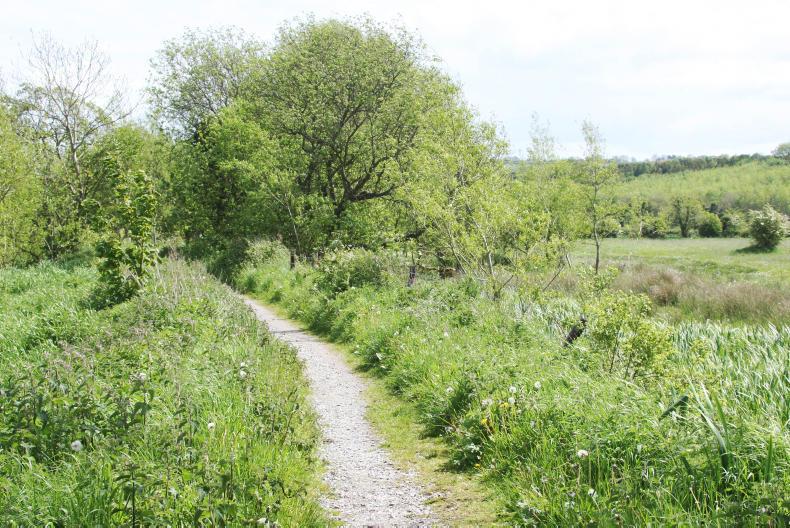Most scientists agree that a good environment is a necessity for life on earth.
A little bit up the food chain is Ireland’s smallest mammal, which is the pygmy shrew, a fascinating creature if one is lucky enough to see it.
However, you are unlikely to see one if your farm is an intensive beef, dairy or tillage farm.
What is needed for this animal, and many others, is a varied habitat, with hedges, good field margins with some rough grass and preferably a little woodland.
Smallest mammal
The pygmy shrew is a tiny animal, but very active and with a voracious appetite. It is found all over Ireland, from sea level to the tops of mountains.
Most people have never seen one, unless their cat has brought one in as a gift to their owner.
Cats will not usually eat them, but mine sometimes does. If it is uneaten, the gift is passed on to my tame barn owl.
Shrews are easily distinguished from mice or voles, as they have a long pointed snout.
To go back to that appetite, the pygmy shrew weighs from 3g to 7g and needs to eat about one and a quarter times their own body weight each day in order to survive.
Pipistrelle bats weigh roughly the same, but are bigger because of their wingspan. Until recently, they were Ireland’s only shrew. A new species was discovered in recent years in Co Tipperary. This is the greater white-toothed shrew.
Greater white-toothed shrew
It was probably brought in by accident in timber or some form of packaging material. Some sharp-eyed person was dissecting barn owl pellets and spotted the unusual jaw bones and teeth.
As usual, introductions are a disaster. Already our native species has disappeared in areas where the new arrival occurs.
Litter size is from four to seven, and there could be three litters in a year. Gestation lasts from 22 to 25 days.
Most adults are dead within the year, but some could survive for up to 18 months. Their predators are foxes, stoats, owls and cats.
Habitats
Shrews’ habitats are rough grassland, woodland edges and hedgerows. They spend most time above ground.
Like most farm wildlife, they thrive on a good mixed habitat and will be scarce in intensive dairy and tillage farmland.
They are near the bottom of the food chain and eat woodlice, beetles, small flies and other insects. Unlike their cousins, the common shrew, they do not eat earthworms.
Stable status
Their status is stable, but where the invasive species, the greater white-toothed shrew, is present in the midlands, our native shrew has disappeared.
These little creatures are really interesting to see close up. Sometimes I can rescue one from the cat and let it go.
I have not been bitten, as I think that their jaws do not open wide enough for my farmers fingers.
Farmer Writes: some scanning surprises after the breeding season
Farmer Writes: planning is vital when you get hit with a bombshell






 This is a subscriber-only article
This is a subscriber-only article





SHARING OPTIONS: